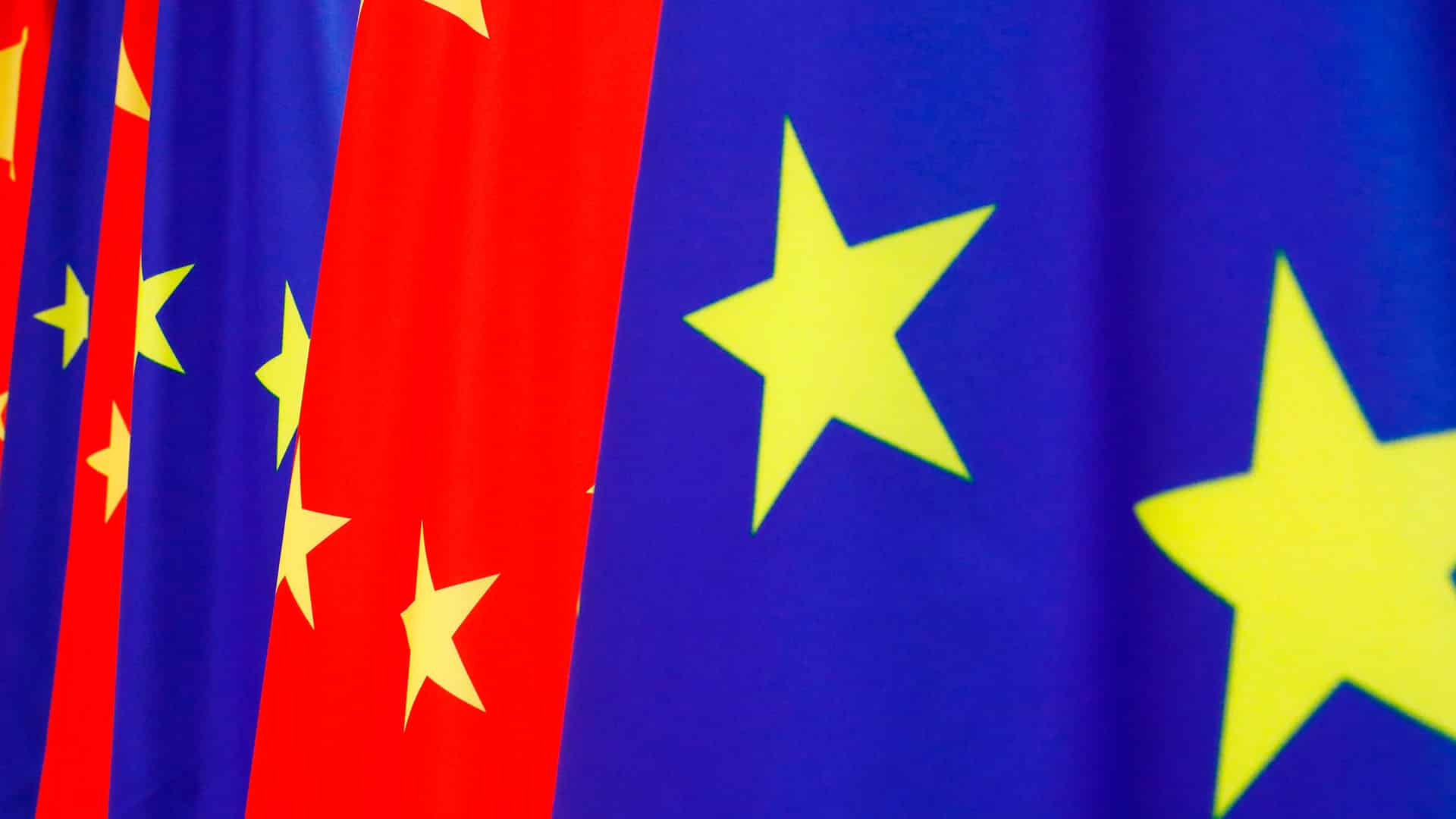Donald Trump’s second Administration is bringing about a historic reconfiguration of transatlantic relations, compelling the EU and its member states to reassess multiple dimensions of their foreign policy. In response to the deepening rift with Washington, Europe is adopting a hedging strategy by strengthening ties with other global actors, including China. This approach was underscored by Ursula von der Leyen at the World Economic Forum, referring to the 50th anniversary of the establishment of diplomatic relations with Beijing as ‘an opportunity to engage and deepen our relationship with China, and where possible, even to expand our trade and investment ties’.
In light of the comparison between Spain’s and Italy’s action plans with China, it is unreasonable to assert that the Spanish government is deepening its relationship with Beijing in an extraordinary or disruptive manner.
In this shifting landscape, the European debate increasingly frames the geopolitical orientations of Italy and Spain as diametrically opposed. Italy, under the leadership of Prime Minister Giorgia Meloni, has emerged as Europe’s ‘Trump Whisperer’, a role that implies rapport and understanding with the US leader. This feeling has intensified after Meloni’s recent visit to Washington, leading some to claim that the Prime Minister speaks ‘Trumpian’. In contrast, President Sánchez is seen as one of the European leaders most aligned with Beijing, to the extent that he could serve as a facilitator or privileged interlocutor in advancing EU-China relations. Furthermore, the US Treasury Secretary warned, in connection with Sánchez’s visit to China, that drawing closer to China would be akin to ‘cutting your own throat’. However, this dichotomous reading tends to oversimplify the nuances that define European countries’ relationship with China. Not all member states have the same level of dependence on China, and Spain’s economic ties are significantly weaker than those maintained by the other major European economies with that country
However, a comparison of the plans of action signed with China by the Meloni (2024-27) and Sánchez (2025-28) governments does not support the argument that the Spanish authorities are pursuing either a geopolitical shift towards Beijing or pioneering new forms of cooperation with China. The structure and strategic priorities of both documents are remarkably similar. Both agreements share a three-year timeframe and the explicit desire to be renewed periodically, reflecting a long-term and structured approach to bilateral relations. Each agreement spans a three-year period and includes an explicit commitment to periodic renewal, signalling a long-term, structured approach to bilateral relations. Thematically, they converge in their emphasis on strengthening multilateralism –particularly through support for the central role of the United Nations and reform of its Security Council– and in their strong backing for the implementation of the 2030 Agenda and the Sustainable Development Goals.
Beyond the general political framework, the documents present substantial parallels in key areas such as the economy, climate change, innovation, culture and education. Both aim at promoting a more balanced economic relationship, with an emphasis on reciprocal market access, digital trade and the protection of intellectual property. They also underscore a shared commitment to the Paris Agreement and the energy transition, alongside a mutual interest in fostering research cooperation and academic mobility. In addition to educational exchanges –particularly in the fields of university education and vocational training– the promotion of societal ties is reflected in efforts to strengthen cultural relations, including the promotion of their respective languages, cooperation in film and heritage, sustainable tourism and improved air connectivity.
Furthermore, although they are bilateral action plans, both emphasise EU-China relations, indicating a broader diplomatic focus. However, the Italian document covers the issue considerably more extensively, with three full paragraphs devoted to the evolution of EU-China relations and coordination in multilateral forums such as the WTO. The Spanish action plan barely mentions the EU twice, and in both cases these points are also included in the Italian document. The first to emphasise the need to rebalance economic ties of great importance to both parties, and the second to affirm the importance of the China-EU dialogue on human rights.
In fact, there is a significant difference in length between the two documents (4,000 words in the Italian version compared with 3,000 in the Spanish version). This discrepancy stems from the Italian plan’s inclusion of a greater number of sectors and subtopics, addressed in more detail and supported by technical and regulatory information. This more detailed and structured approach reflects a greater degree of capillarity in the bilateral relationship and a higher level of institutionalisation. The most illustrative example is the existence of the China-Italy Governmental Committee at the ministerial level, which is tasked with promoting and coordinating cooperation between the two governments. This deeper institutional framework was also evident in the high-level meetings that preceded the signing of the plans. While four Italian ministers held meetings with their Chinese counterparts to elaborate on the action plan (‘Foreign Affairs’, ‘Business and Made in Italy’, ‘Education and Merit’ and ‘Research and Universities’). In the Spanish case, the Chinese Minister of Education met in Spain with the Ministers of Education, Vocational Training and Sports and with the Minister of Science, Innovation and Universities, and the Chinese Vice Minister of Agriculture and Rural Affairs with the Spanish Minister of Agriculture, Fisheries and Food.
These differences in ministerial dialogue also translate into some minor thematic variations between the two agreements. The Spanish plan places a comparatively greater emphasis on traditional productive sectors –such as agriculture, fisheries, agri-food trade and tourism– while the Italian plan gives more prominence to financial and medical cooperation, both bilaterally and within multilateral frameworks. Additionally, it introduces new areas of collaboration, including space cooperation.
In light of the comparison between Spain’s and Italy’s action plans with China, it is unreasonable to assert that the Spanish government is deepening its relationship with Beijing in an extraordinary or disruptive manner. On the contrary, despite being signed in a context of greater political harmony between Brussels and Beijing, the Spanish plan is more modest than its Italian counterpart, both in length and in the breadth and depth of its content. Additionally, the degree of institutionalisation is notably lower, as there is no equivalent to the China-Italy Governmental Committee overseeing bilateral cooperation.
Therefore, to claim that Spain is leading an exceptional rapprochement with China ignores the fact that other European economies, even those ideologically most aligned with the US, such as Italy under the leadership of Giorgia Meloni, are also deepening ties with Beijing within a framework of strategic diversification. Spanish foreign policy, in this context, responds to a pragmatic logic shared by Brussels and other EU member states, seeking opportunities for beneficial practical cooperation in different fields. In the Spanish case, these efforts are essentially aimed at reducing its enormous trade deficit with China and attracting investments that generate wealth in Spain in sectors such as green energy, electric automotive and advanced manufacturing.



